It’s 2005. Your parents make you stay at home from school because you have a fever. You still wake up a bit early and, despite being sick, you are watching Spacetoon with all of your senses. Nesting with homemade sandwiches and a warm cup of tea with milk, you turn on the television to catch the intro of ‘Al-Qannas’ (Hunter x Hunter) midway and start humming along with the lyrics to Racha Rizk’s voice.
Your little sister comes in right before you hide the remote control so she wouldn’t insist on watching Kawkab Al-Zomorroda’s shows when you decide to switch channels. But actually, it’s ‘Sabek W Lahek’ (Bakusō Kyōdai Let’s & Go!!) that’s coming next; and when it does, you both shout “HAYA!” (Let’s go!) with the intro.
Spacetoon is the cornerstone of millions of childhoods in the Arab world; it is almost the first TV memory of every 90s kid. No matter how differently 90s kids grew up, if a group of them was in the same room and a Spacetoon song came up, there would be collective singing.
This strong attachment raises the question as to why and how Spacetoon carved its name in so many the childhoods of so many across the Middle East and North Africa. Maybe it is because it did not only broadcast shows to increase viewership but also nurtured and educated its audience, even calling them ‘Shabab Al-Mostaqbal’ (The Youth of the Future) while maintaining being the first all-free television channel for kids.
Accordingly, Spacetoon strongly resonated in Arab’ childhoods as it was widely accessible and inclusive of every child’s interests.
In one of her videos, video creator Eman Sobhy explored an alternate reality in which Spacetoon never existed,
In her opinion, the Arabic-dubbed Japanese shows (animes) were pivotal in passing on values and life lessons such as friendship in ‘Aahd Al-Asdiqaa’ (Romeo’s Blue Sky), motherhood in ‘Anty Al-Aman’ song in ‘Deroub Remi’ (Remi, Nobody’s Girl), perseverance in ‘Captain Maged’ (New Captain Tsubasa), and brotherhood in ‘Ana W Akhi’ (Baby & Me).
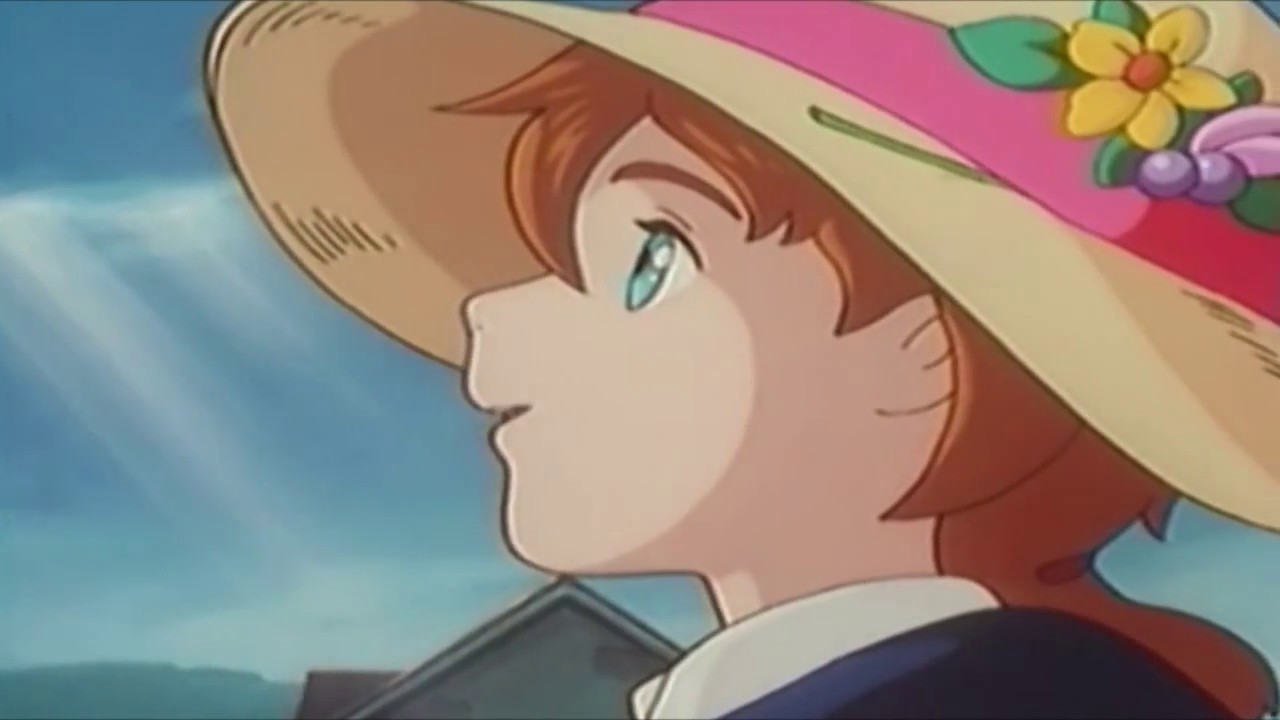
Origins of Spacetoon
Massively popular, Spacetoon became an Arab product that used the surge of cultural globalization to its advantage. Maher Al Hag and Fayez Al-Sabbagh, from Syria, were the founders of the first dubbing center in the Middle East, El-Zahra Center’ (Venus Center) in 1985 which was located in Damascus, Syria.
Their work consisted of dubbing major Japanese anime into fus’ha, or standard Arabic, which then had Spacetoon as its subsidiary platform to broadcast all of their work on television.
Using fus’ha, or standard Arabic in dubbing also played a crucial role in keeping the fus’ha dialect present in a lot of childhoods, which made a difference in the context of emerging spoken dialects.
In terms of its origins, it was in 1999 that Bahrain Radio and Television Corporation officially signed an agreement to broadcast a children’s cartoon channel. On 15 March 2000, Spacetoon officially launched, but as a seven-hour block. It ran for two years under the auspices of Bahrain Radio and Television Cooperation until 12 January 2002 when the contract ended.
Later, in 2004, Spacetoon launched its second headquarters in Dubai; it was also established as an independent channel on Nilesat.
A massive success, to rival Cartoon Network, Boomerang, and Disney Channel in Europe and the United States, Spacetoon would grow over the years until it became established in Ukraine, India, and Indonesia. The channel’s broadcast extended to over twenty countries, amassing a viewership of over 100 million viewers.
“Spacetoon was like our window to the world’s most prominent literature as kids [through anime]. It introduced us to classics [films and books] such as Les Misérables and My Daddy Long Legs, and movies such as Batman, The Mask, among others,” stated Eman in her video.
Spacetoon really was a ‘window’ that introduced the children of the 90s to a wide array of shows of different genres. The channel categorized its shows based on 10 virtual planets that made watching different shows seem like a journey, which is one of the factors that increased its popularity.
These 10 planets were: Action, Comedy, Adventure, ‘Zomorrouda’ (which primarily targeted little girls), Sports, Movies, Science, ‘Abgad’ (which was focused on education), and ‘Bon Bon’ (targeting infants and toddlers).
Adapting to A Local Market?
The creators of Spacetoon were also keen on preserving predominant Muslim values to protect the Arab culture from consuming western values. For example, Spacetoon introduced the ‘Fulla’ character, a veiled and ‘Muslim’ version of the Barbie doll.
Fulla was meant to represent a modest form of Barbie, also beautiful but embodied modesty, with the intention of serving as a role model for an audience of young Muslim girls.

Spacetoon also censored anime in order to make it child-appropriate by removing adult scenes or scenes that feature female characters with revealing clothes. It thus managed to appropriate anime to the predominantly conservative culture of the Middle East.
Despite how differently Arab youth grew up to be, Spacetoon is still present in the corner of millions of 90s kids’ minds whenever they reminisce about childhood.
Subscribe to the Egyptian Streets’ weekly newsletter! Catch up on the latest news, arts & culture headlines, exclusive features, and more stories that matter delivered straight to your inbox by clicking here.
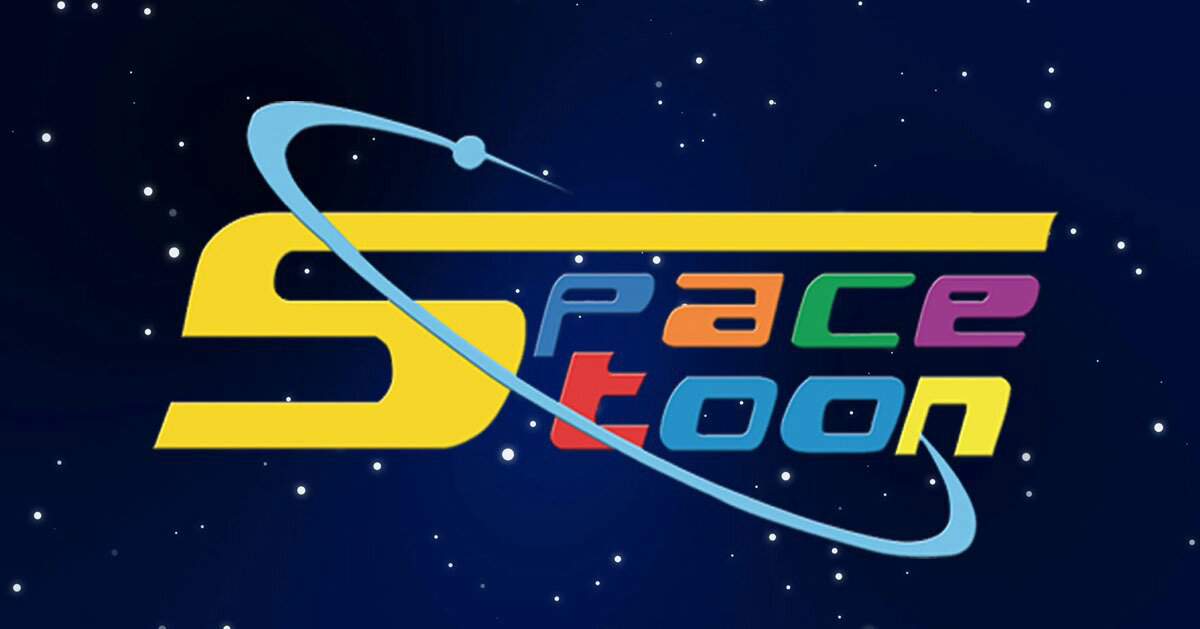



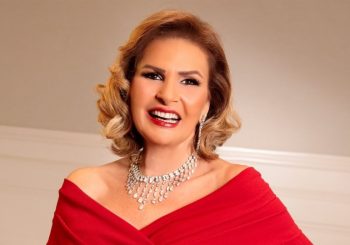
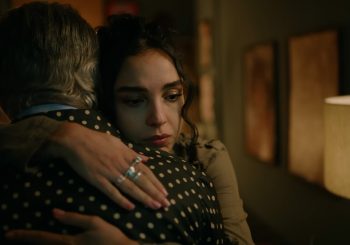
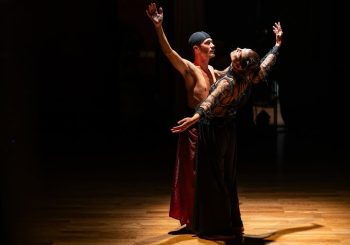
Comments (10)
[…] Spacetoon: Reliving Childhood Via Each Theme Tune […]
[…] المصدر by [author_name] كما تَجْدَرُ الأشارة بأن الموضوع الأصلي قد […]